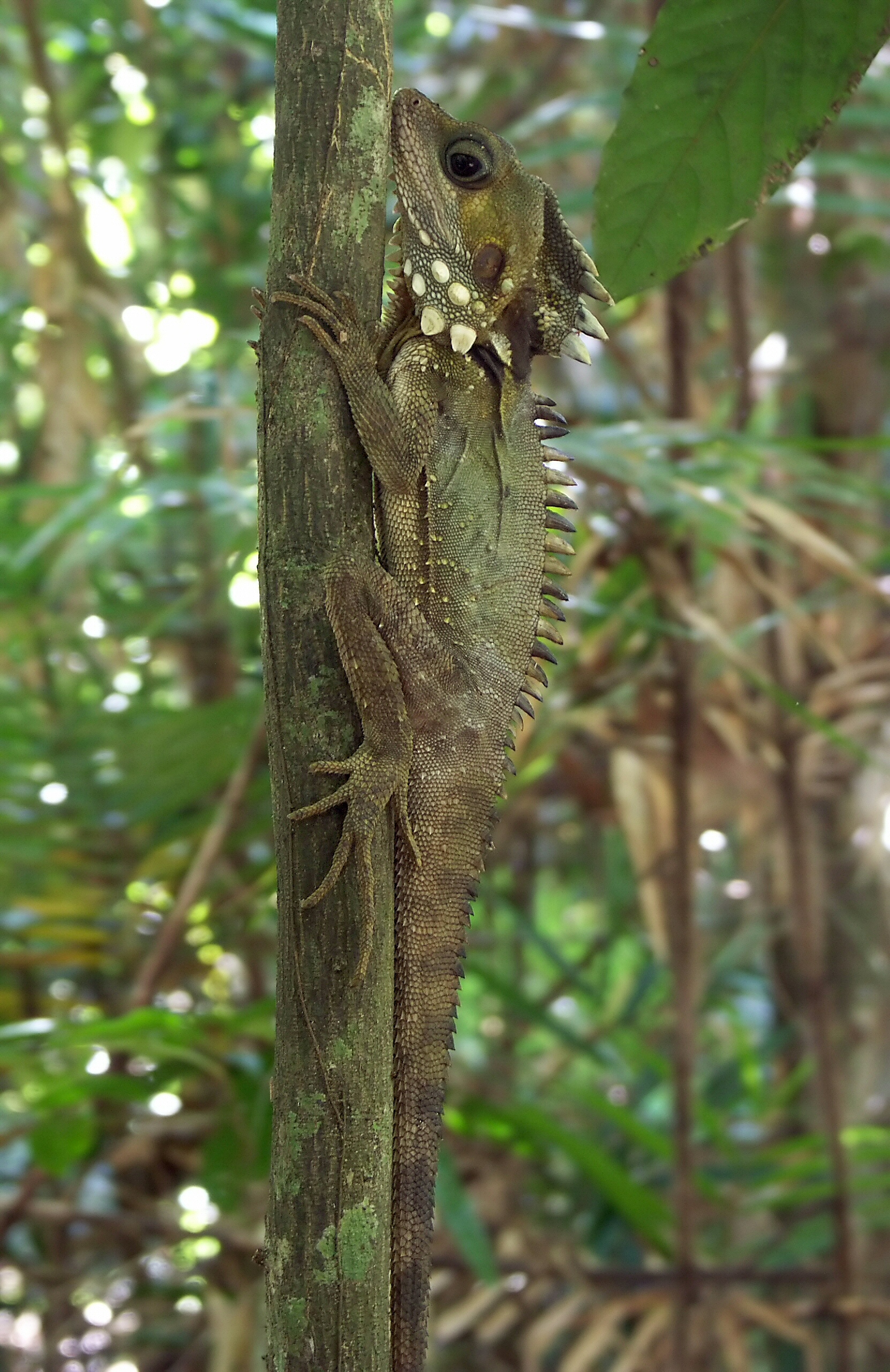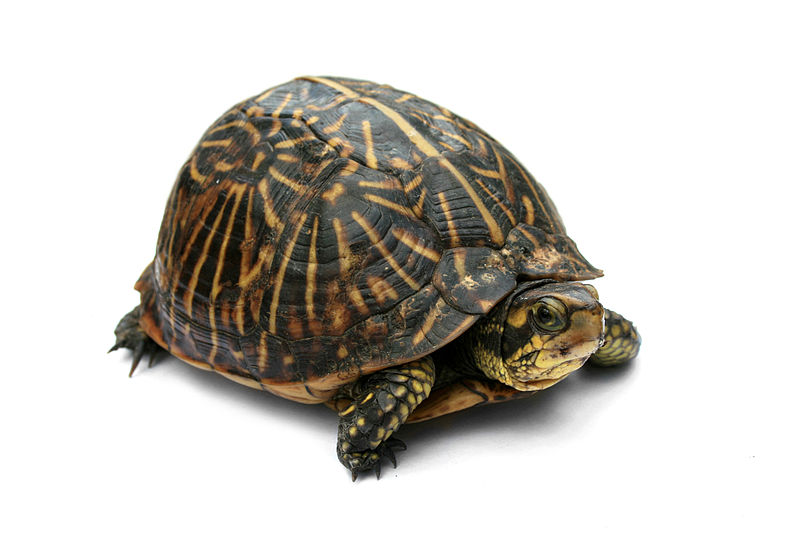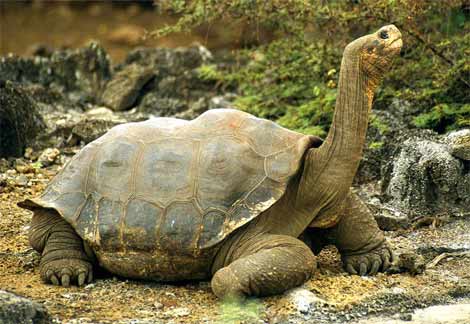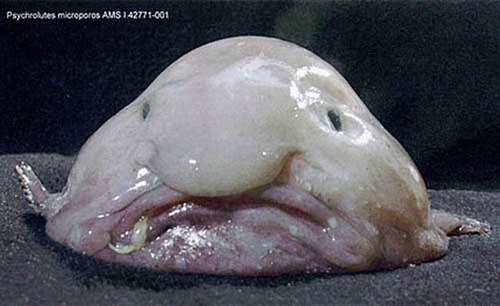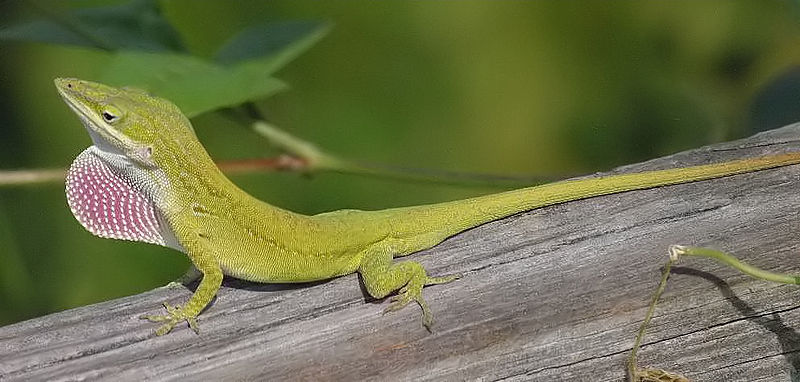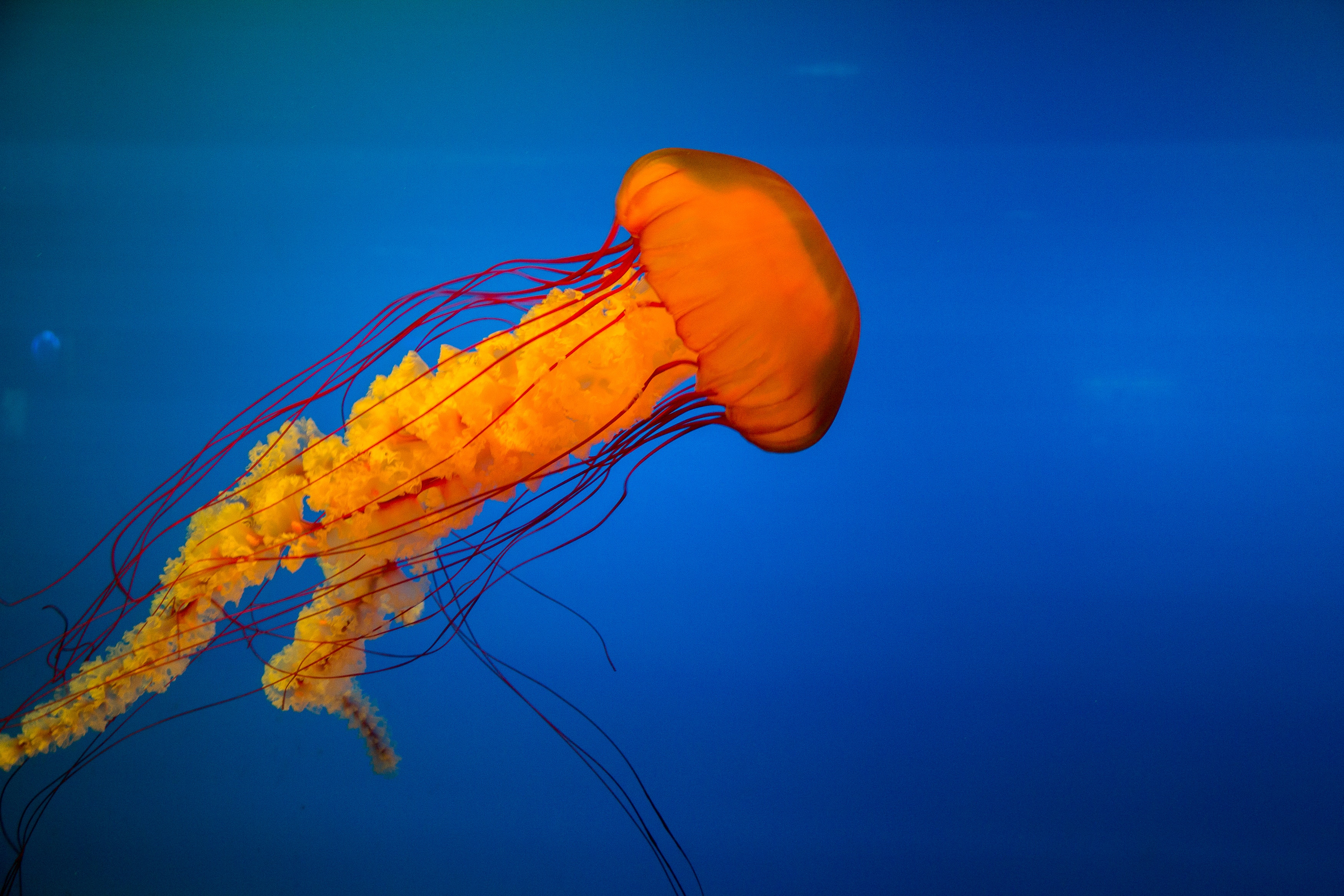Natural disasters predicted by animal behaviors
Scientists think they have observed bizarre animal behavior just before an earthquake, but are they right? It could just be a co-incidence that animals start behaving strangely just before a seismic event. Maybe you’ve seen your cat hide just before a storm. Whether fact or coincidence, this article will explore animal behavior just before forces of nature strike.
Earthquakes
In 2009, a colony of toads left their pond in a hurry just days before an earthquake. This wasn’t the first time animals showed strange behavior just before a seismic event. Throughout history, reptiles, fish and other amphibians have behaved in strange ways just before an earthquake.
Haicheng, China was another place where, in 1975, snakes were fleeing their burrows just one month before a major earthquake. This was notable because it was the middle of winter at the time, when the snakes should have been hibernating.
Tornadoes
Scientists studying birds – gold winged warblers, to be exact, from the University of California, Berkley, stumbled on real evidence of erratic behavior. Because the birds in the study were tracked, the scientists noticed that just before the tornado hit, the birds flew nearly 1,000 miles away from their breeding grounds.
Researchers have now said that the birds were sensing acoustic waves below 20 hertz, a level so low that humans can’t hear it. Known as infrasound, only birds and animals are known to be able to hear such low levels. While still just a coincidence in events, it’s a strong one and also makes the case for animal behavior predicting tornadoes.
Hurricanes
During a hurricane, the air pressure and the hydrostatic pressure experience extreme drops and this is most likely what makes animals who live under the deep blue sea behave strangely. Some sharks and other fish head to deeper waters to avoid danger while birds and other creatures head for higher ground.
Are sea creatures reacting to a change in their otherwise stable environments? Once again, science has pointed to low frequency sound waves that humans can’t hear prompting such behavior just before a hurricane. Researchers tracking a group of sharks noticed them swimming deeper just after a drop in the barometric pressure during two tropical storms.
The bottom line on animals predicting natural disasters is that good evidence is hard to come by. Animals can’t speak to us; they can only act on their instincts if they sense something is wrong. Reports of strange animal behavior just before natural disasters have been reported all over the world. It’s impossible to believe that all these stories are made up.
And what of long term predictions? Phil and other groundhogs of his ilk are folk tales meant for fun and to relieve our cabin fever. But they aren’t the only animals we look to for signs of spring. From frogs and cows to bees and butterflies, humans have been looking to our animal friends for storm and weather warnings and more. While there isn’t any real proof any of these signs or warnings is real, maybe we should think about heading for cover if Fido starts chasing his tail. If you want to learn more about animal weather predictions, click here.


